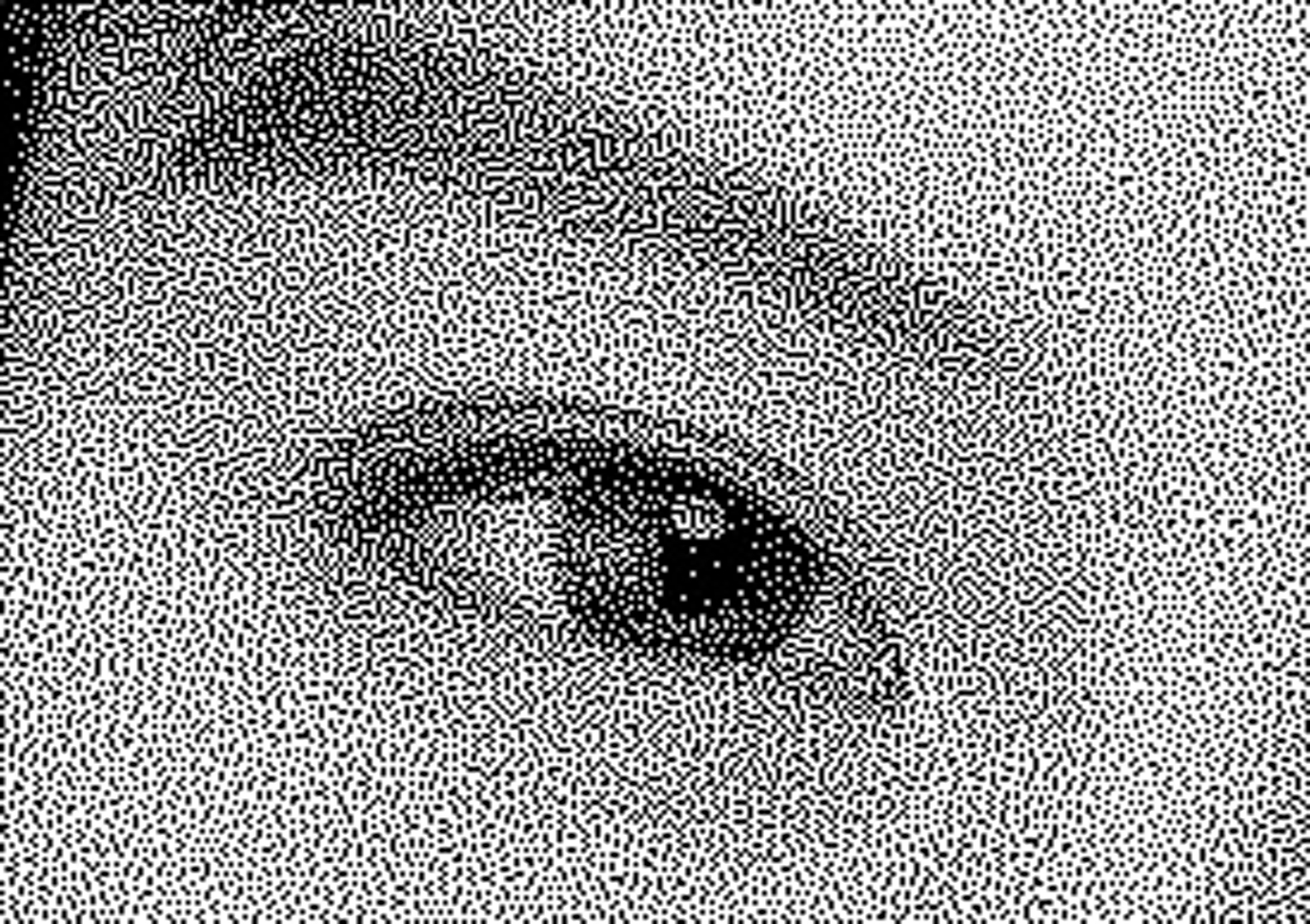“Improving mid-tone quality of variable-coefficient error diffusion using threshold modulation” by Zhou and Fang
Conference:
Type(s):
Title:
- Improving mid-tone quality of variable-coefficient error diffusion using threshold modulation
Presenter(s)/Author(s):
Abstract:
In this paper, we describe the use of threshold modulation to remove the visual artifacts contained in the variable-coefficient error-diffusion algorithm. To obtain a suitable parameter set for the threshold modulation, a cost function used for the search of optimal parameters is designed. An optimal diffusion parameter set, as well as the corresponding threshold modulation strength values, is thus obtained. Experiments over this new set of parameters show that, compared with the original variable-coefficient error-diffusion algorithm, threshold modulation can remove visual anomalies more effectively. The result of the new algorithm is an artifact-free halftoning in the full range of intensities. Fourier analysis of the experimental results further support this conclusion.
References:
1. ALLIEZ, P., MEYER, M. AND DESBRUN, M. 2002. Interactive Geometry Remeshing. In ACM Transactions on Graphics (Proceedings of ACM SIGGRAPH 2002), 21, 3, 347–354. Google Scholar
2. CASTLEMAN, K. R. 1996. Digital Image Processing, Prentice Hall, Inc. Google Scholar
3. DIPPÉ, M. A. Z., AND WOLD, E. H. 1985. Antialiasing through Stochastic Sampling. In Computer Graphics (Proceedings of SIGGRAPH 85), 19, 3 ACM, 69–78. Google Scholar
4. FLOYD, R. W. AND STEINBERG, L. 1976. An Adaptive Algorithm for Spatial Gray Scale, Proc. Soc. Inf. Display 17, 75–77.Google Scholar
5. JODOIN, P., AND OSTROMOUKHOV, V. 2002. Error-Diffusion with Blue-Noise Properties for Midtones, SPIE 4663, 293–301.Google Scholar
6. KANG., H. R.1999. Digital Color Halftoning, SPIE Press, 1999. Google ScholarDigital Library
7. KIM, S. H. AND ALLEBACH, J. P. 2002. Impact of HVS Models on Model-based Halftoning, IEEE Transactions on Image Processing, 11, 3, 258–269. Google ScholarDigital Library
8. KNOX, K. T. 1999. Evolution of Error Diffusion, Journal of Electronic Imaging, 8, 4, 422–429.Google ScholarCross Ref
9. KNOX, K. T. 1993. Threshold Modulation in Error Diffusion, Journal of Electronic Imaging, 2, 3, 185–193.Google ScholarCross Ref
10. LI, P. AND ALLEBACH, J. P. 2002. Tone-dependent Error Diffusion, In Proc. of SPIE, Vol.4663 (2002), 310–321.Google Scholar
11. MARCU, G. 2000. An Error Diffusion Algorithm with Output Position Constraints for Homogeneous Highlights and Shadow Dot Distribution. Journal of Electronic Imaging, 9, 1, 46–51.Google ScholarCross Ref
12. MITCHELL, D. P. 1987. Generating Antialiased Images at Low Sampling Densities. In Computer Graphics (Proceedings of ACM SIGGRAPH 87), 21, 4, ACM, 65–72. Google Scholar
13. MITSA, T. AND PARKER, K. J. 1992. Digital Halftoning Using a Blue-noise Mask. Journal of the Optical Society of America, 9(11), 1920–1929.Google ScholarCross Ref
14. OSTROMOUKHOV, V. 2001. A Simple and Efficient Error-Diffusion Algorithm. In Proceedings of SIGGRAPH 2001, ACM Press / ACM SIGGRAPH, New York, E. Fiume, Ed., Computer Graphics Proceedings, Annual Conference Series, ACM, 567–572. Google Scholar
15. PRESS, W. H., TEUKOLSKY, S. A., VETTERLING, S. A. AND FLANNERY, B. P. 1992. Numerical Recipe In C, Cambridge University Press.Google Scholar
16. SHIAU, J. AND FAN, Z. 1996. A Set of Easily Implementable Coefficients in Error Diffusion with Reduced Worm Artifacts, SPIE, Vol. 2658, 222–225.Google Scholar
17. ULICHNEY, R. 1987. Digital Halftoning, MIT Press. Google Scholar
18. ULICHNEY, R. 1988. Dithering with Blue Noise, Proceedings Of the IEEE, 76, 1, 56–79.Google ScholarCross Ref
19. ULICHNEY, R. 1993. The Void-and-cluster Method for Dither Array Generation. SPIE, Vol.1913, 332–343.Google Scholar
20. ULICHNEY, R. 2000. A Review of Halftoning Techniques, SPIE, 3963, 378–391.Google Scholar




